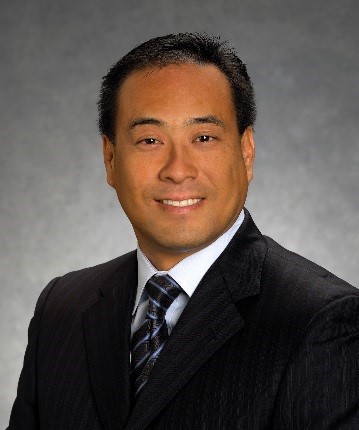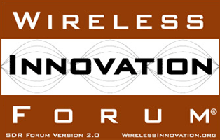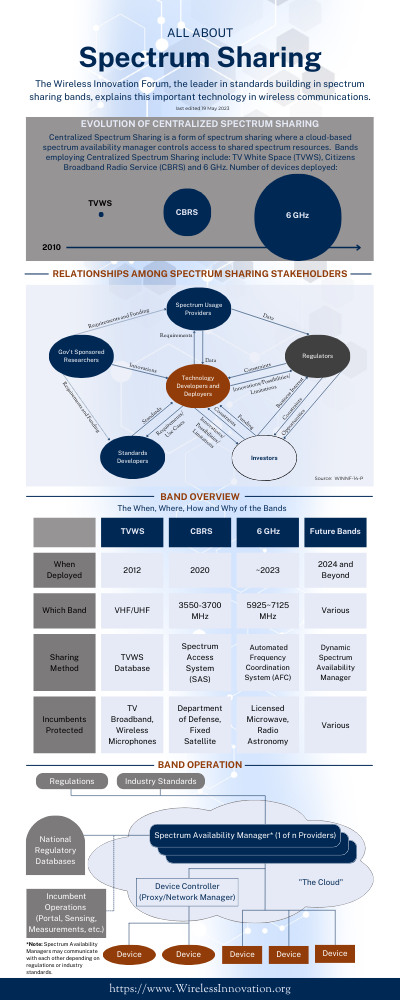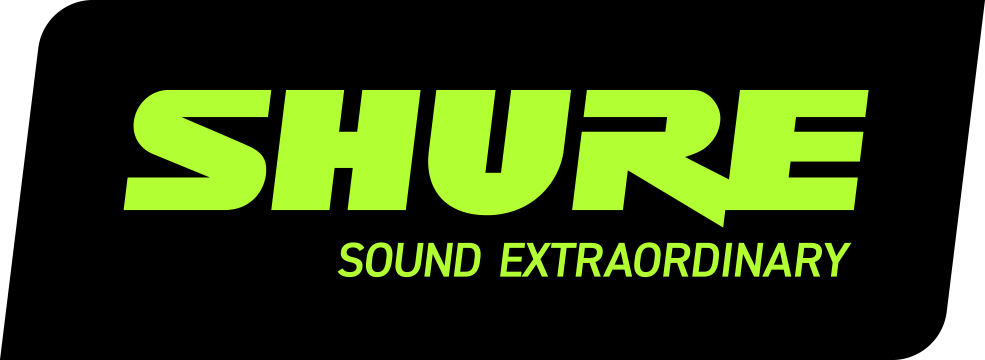Agenda
10:30 – 11:00 Sign in
11:00 - 12:00 SDR Architecture and Applications, National Instruments/Ettus Research
12:00 - 1:30 Lunch
1:30 - 2:30 Tactical Radio & Software communication architecture, Nordiasoft
2:30 - 3:30 NI 5G Initiatives, National Instruments/Ettus Research
3:30 - 4:30 Innovation showcase: Products and Demo from Ettus & Nordiasoft
Who Should Attend?
Decision makers, Program Managers and Lead Engineers within the embedded systems industry looking for ways to improve product development life-cycles.
About the Presenters
 Manuel Uhm, Ettus Research
Manuel Uhm, Ettus Research
Manuel Uhm is the Director of Marketing at Ettus Research, a National Instruments company, the leader in Software Defined Radio platforms. Manuel also has product management responsibility for the NI USRP and BEEcube portfolios. As such, he is responsible for all product management activities, including product strategy, roadmap, and pricing. Manuel is also the Chair of the Board of Directors of the Wireless Innovation Forum (formerly the SDR Forum). He has served on the Board since 2003 in various roles including Chair of the Markets Committee, Chair of the User Requirements Committee, Chief Marketing Officer and Chief Financial Officer.
Previously, Manuel Uhm was the Vice President of Marketing at Coherent Logix, where he was responsible for all marketing and sales activities related to their 100-core DSP product portfolio. Prior to that, Manuel was the Marketing Director of Mobile for MIPS Technologies where he was responsible for leading MIPS’ penetration into the mobile industry, including applications processors, LTE UE baseband processors and mobile connectivity processors. Prior to joining MIPS, Manuel was the Director of Wireless Communications for Xilinx, the leading supplier of programmable logic devices, where he grew the wireless business into Xilinx’s #1 end market.
Manuel received his Master of Business Administration from Simon Fraser University and studied Electrical Engineering at Queen’s University.
 Karamvir Singh Rathi, National Instruments
Karamvir Singh Rathi, National Instruments
Karamvir Rathi is the Key Account Manager for Software Defined Radio product portfolio with National Instruments, Austin, USA. Prior to that, he has worked in 5G network research and prototyping for European Union FP7 CROWD project – “Connectivity management for eneRgy Optimized Wireless Dense networks” and Product management for National Instrument, Dresden, Germany.
Before Joining NI, Karamvir Rathi has worked with Telefonica O2, Munich, Germany focusing on designing & Implementation of Test suites for GSM, UMTS and LTE core networks in TTCN-3. He also did research work on LTE eNodeB layer 2 profiling framework with Novel Mobile Radio Research, Munich, Germany.
Karamvir Rathi received his Masters of Engineering from University of Applied Sciences, Rosenheim, Germany and Bachelors of Technology in Electronics and communication from Guru Gobind Singh Indraprastha University, Delhi, India.
 Dr. Zamora Zapata, NordiaSoft
Dr. Zamora Zapata, NordiaSoft
Dr. Zamora Zapata is a Co-founder and Director of Business Development at NordiaSoft where he is responsible for identifying and pursuing growth opportunities, managing client accounts, and defining and implementing marketing and sales strategies.
Dr. Zamora Zapata is passionate about the Software Communications Architecture (SCA), a software Component Based Development (CBD) approach Initially used for tactical military Software Defined Radios (SDR) and now being used in the radar, electronic warfare, signal intelligence and test and instrumentation domains. Having been involved with SCA technologies since the early 2000s, Dr. Zamora Zapata views the SCA as a key enabler for software reuse in the development of heterogeneous embedded distributed systems. Prior to co-founding NordiaSoft, Dr. Zamora Zapata was a Research Scientist at the Communications Research Centre Canada (CRC), where he was a key member of CRC’s Advanced Radio Systems group that developed the SCARI Software Suite for SCA based SDR development. At CRC he was also instrumental in CRC’s SCA knowledge transfer program, where he trained hundreds of engineers and technical managers from both the public and the private sector worldwide.
Dr. Zamora Zapata obtained a Bachelors degree in Software Engineering (1992) and a Masters in Business Administration (1997) from the Instituto Tecnológico y de Estudios Superiores de Monterrey (Tec de Monterrey) in México. Dr. Zamora Zapata obtained his Ph. D. in Computer Science (2005) from Carleton University in Ottawa, Canada.
About the Demonstrations
Demo 1: Spectrum Monitoring using USRP E312 and Gqrx
In this demo, an open source tool, gqrx, is running on a battery operated USRP E312 for real time spectrum monitoring. E312 is a portable, standalone software defined radio platform which can be tuned from 70 MHz to 6 GHz.
Demo 2: NordiaSoft SCAv2.2.2 automated migration to SCAv4.1
In this demo, a prototype tool that converts SCAv2.2.2 components into SCAv4.1 components. Once converted, the SCAv4.1 components are packaged (alongside SCAv2.2.2 components), and deployed on an SCA system to establish communication over the air with an Android smartphone. The demonstration uses a Linux laptop computer loaded with the NordiaSoft SCARI Software Suite, an Ettus Research USRP E310 SDR, and a Samsung Galaxy SIII smartphone.
Demo 3: Implementation of a 4G LTE eNodeB And UE by TENET TECHNETRONICS
4G systems are able to provide a comprehensive IP solution where voice, data and streamed multimedia can be given to users on an "Anytime, Anywhere" basis, and at higher data rates than previous generations. The main elements of 4G systems are eNodeB, UE and EPC. A soft eNodeB and UE are implemented using Ettus Research USRPs. This work mainly aims at transmitting data from a soft eNodeB to UE using srsLTE software. The USRP bus series is used as the RF front end.
Demo 4: Automatic Dependent Surveillance – Broadcast (ADS–B) by TENET TECHNETRONICS
ADS–B is a surveillance technology in which an aircraft determines its position via satellite navigation and periodically broadcasts it, enabling it to be tracked. The information can be received by air traffic control ground stations as a replacement for secondary radar. It can also be received by other aircraft to provide situational awareness and allow self-separation.
Demo 5: Video streaming over National Instruments LTE application framework
The LTE application framework is comprised of modular baseband physical layer blocks implemented using LabVIEW Communications. The framework is designed to run on an FPGA and a general purpose processor, which are tightly integrated with the RF and analog front ends of the NI Software Defined Radio (SDR) hardware. In this demo, UDP video streaming will be shown using the LTE app framework and NI USRP Rio.


 Manuel Uhm, Ettus Research
Manuel Uhm, Ettus Research Karamvir Singh Rathi, National Instruments
Karamvir Singh Rathi, National Instruments Dr. Zamora Zapata, NordiaSoft
Dr. Zamora Zapata, NordiaSoft
